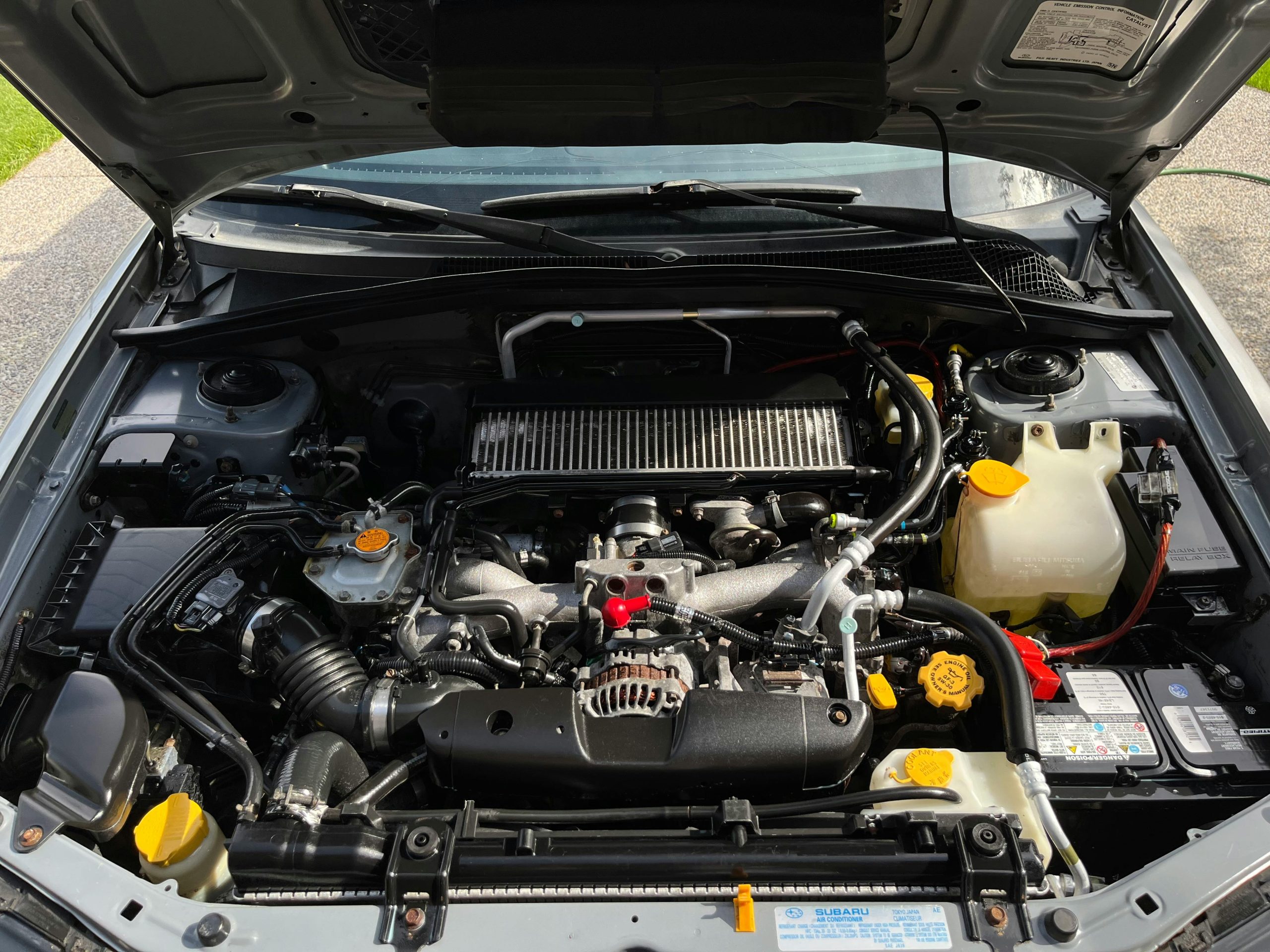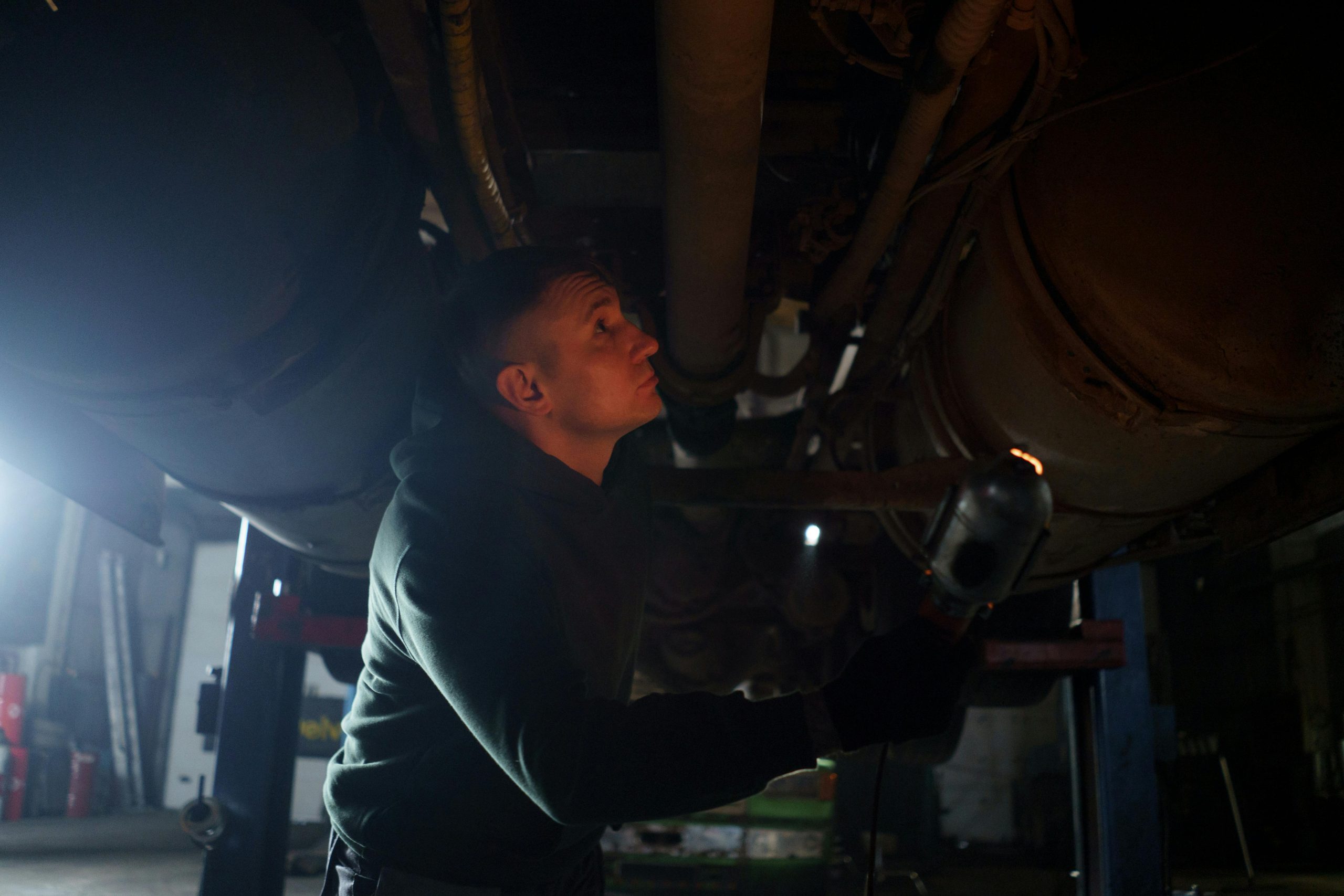A transmission fluid leak is a common issue that many car owners face. When you notice a suspicious puddle beneath your vehicle, it’s easy to jump to conclusions.
However, diagnosing the issue properly is essential to avoid unnecessary repairs and ensure your car runs smoothly.
In this guide, we’ll walk you through how to identify and diagnose a transmission fluid leak when your car is parked.
Why Is Transmission Fluid Important?
Transmission fluid serves multiple critical functions in your vehicle. It lubricates the moving parts in your transmission, helps maintain proper hydraulic pressure, and ensures the system runs smoothly.
A leak can disrupt these functions, leading to overheating, gear slippage, or even complete transmission failure.
Addressing a leak early can save you from expensive repairs down the road, so knowing how to diagnose it is key.
Signs of a Transmission Fluid Leak
Before diving into the diagnosis, let’s explore some telltale signs that you might have a transmission fluid leak:
- Puddles Under Your Car
Transmission fluid leaks often appear as reddish or brownish puddles on the ground beneath your car. The fluid may have a slightly sweet or burnt smell. - Low Transmission Fluid Levels
If your car struggles to shift gears or you notice unusual performance issues, low transmission fluid might be the culprit. - Warning Lights on the Dashboard
Many modern cars have sensors that detect fluid levels. If your car’s transmission light or check engine light comes on, this could indicate a problem. - Slipping or Hesitation While Driving
If your car hesitates to accelerate or you feel the gears slipping, a transmission fluid issue could be at play.
Steps to Diagnose a Transmission Fluid Leak
Diagnosing a transmission fluid leak doesn’t have to be daunting. With a few simple steps, you can determine if your car has a leak and pinpoint its source.
1. Inspect the Fluid on the Ground
Start by examining the puddle under your car. Pay attention to the following details:
- Color: Transmission fluid is usually red or light brown. If it’s dark brown or black, the fluid may be old and overdue for replacement.
- Texture: Transmission fluid is smooth and slightly oily to the touch. Compare this with engine oil or coolant to rule out other fluids.
Pro Tip: Place a piece of white cardboard under your car to get a clearer look at the color and consistency of the fluid.
2. Check the Transmission Fluid Level
Open your car’s hood and locate the transmission fluid dipstick (usually marked). Follow these steps:
- Pull out the dipstick, wipe it clean with a cloth, and reinsert it fully.
- Remove it again to check the fluid level and color. If it’s below the recommended level or appears dirty, this could confirm a leak.
Important Note: Always check the owner’s manual for specific instructions on how to inspect transmission fluid for your car model.
3. Examine the Transmission Pan
Crawl under your car or use a jack (ensure safety precautions are in place) to inspect the transmission pan. Leaks often originate from this area due to:
- Loose or Damaged Bolts: These can cause the pan to shift or allow fluid to seep out.
- Worn-Out Gasket: The gasket between the transmission pan and the housing may crack over time.
Look for visible drips or fluid residue around the pan.
4. Inspect Transmission Lines and Seals
Transmission fluid travels through lines and seals to keep your system running efficiently. Examine these components for:
- Cracks or breaks in the lines
- Worn or damaged seals, especially near the transmission and driveshaft
A flashlight can help you spot leaks in hard-to-see areas.
5. Check the Cooling System
In some vehicles, transmission fluid passes through the radiator to cool the system. A leak in the cooling system could lead to transmission fluid escaping. Look for any red or brown fluid near the radiator or coolant reservoir.
6. Use Fluorescent Dye
If you’re still unsure where the leak is coming from, you can purchase a fluorescent dye from an auto parts store. Add the dye to your transmission fluid and use a UV flashlight to trace the source of the leak.
Common Causes of Transmission Fluid Leaks
Understanding the root causes of a leak can help you prevent it in the future. Here are the most common reasons:
- Worn-Out Seals and Gaskets
Over time, the seals and gaskets in your transmission system can become brittle and crack. - Damaged Transmission Pan
Hitting debris on the road or driving over a pothole can dent or crack the transmission pan. - Loose or Broken Transmission Lines
Age and wear can cause the lines to weaken and break. - Improper Installation or Maintenance
If parts are not installed correctly during repairs, it may result in leaks.
When to Call a Professional
While diagnosing the leak on your own is a great first step, some issues require professional expertise. If the leak is significant or you can’t locate its source, it’s best to consult a mechanic. A professional inspection ensures the problem is fixed correctly and prevents further damage.
Preventing Transmission Fluid Leaks
Prevention is always better than repair. Here are a few tips to avoid transmission fluid leaks:
- Regular Maintenance: Check your transmission fluid levels and condition during routine service.
- Inspect Seals and Gaskets: Replace worn-out components promptly.
- Drive Cautiously: Avoid rough roads and debris that can damage the transmission pan.
- Watch for Warning Signs: Address any unusual performance issues early.
Final Thoughts
A transmission fluid leak when parked might seem like a minor issue, but it can lead to serious problems if ignored.
By diagnosing the problem early and taking appropriate action, you can save time, and money, and prevent potential damage to your vehicle. Follow these steps, and your car will stay in excellent shape for the road ahead.



